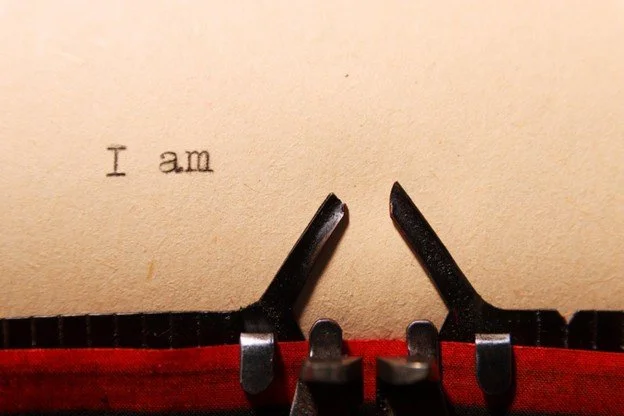How to Build the Life You Want, One Choice at a Time
Have you ever found yourself halfway through an action, grabbing your phone, opening the fridge, or checking your email before realizing what you’re doing? That’s the power of habit. These automatic patterns run much of our day, often without our conscious awareness. The good news? With a little curiosity and some intentional shifts, you can reshape these routines to better support your energy, health, and goals.
Why Habits Matter More Than You Think
Habits are your brain’s way of conserving energy. When something becomes routine, like driving, brushing your teeth, or even reaching for a snack during a stressful moment, it moves into the subconscious, freeing up space for more complex decisions. As James Clear puts it in Atomic Habits, “Habits are the compound interest of self-improvement.”
That’s why small daily choices matter. Their effects add up, slowly at first, and then all at once. Want to understand how this works over time? To get a deeper sense of how this works over time, check out How Habits Affect Your Life + How to Make Them Work for You. In that article, I go into detail about how identity, attention, and small changes can lead to big results.
The First Step: Know Who You Want to Be
Habit change doesn’t stick when it’s only focused on outcomes. If you want lasting transformation, start by asking, Who do I want to be? This identity-based approach shifts your choices from “trying to quit smoking” to “I’m not a smoker”, a subtle but powerful difference.
This concept is at the heart of How to Change Your Habits and Make it Stick – Part 1, which also introduces the idea of making new habits obvious, placing your supplements next to your coffee maker, or prepping your walking shoes the night before. Likewise, making unhelpful habits invisible, by removing triggers or clutter, can reduce friction and help you shift your patterns with greater ease.
Motivation vs Momentum
Change often starts with motivation, but motivation fades. That’s where energy, environment, and structure come in. If you want a habit to stick, it helps to make it feel rewarding in the moment.
In Part 2 of the series, we explore how to make habits attractive, whether it’s pairing a new action with something you already enjoy or creating small rituals that feel luxurious and intentional. Imagine enjoying a square of good chocolate on a beautiful plate with some fresh berries, instead of mindlessly snacking from a bag. The experience becomes something you look forward to, which makes repetition easier.
Make the Helpful Habits Easy (and the Unhelpful Ones Harder)
One of the most overlooked keys to successful habit change is simplicity. The easier a task is, the more likely you are to repeat it, especially on days when your energy is low. Start with something so small it feels silly: one push-up, one page of a book, one deep breath.
Part 3 of the series digs into how reducing friction makes positive habits easier to build and how adding just a few steps can make less helpful habits easier to interrupt. Want to stop mindlessly scrolling? Delete the app from your phone. That extra step gives your brain time to choose differently.
Don’t Underestimate Satisfaction
Finally, habits that feel satisfying are more likely to stick. That doesn’t mean the results have to come quickly, it means your brain needs a reason to feel good now. This could be a checkmark on a habit tracker, the boost of energy after a walk, or simply remembering your “why” when things feel tough.
Part 4 of the series offers powerful ways to build satisfaction into your habits. From finding accountability partners to writing a habit contract, there are creative ways to stay on track even when motivation dips.
Creating Change That Lasts
Habits don’t form overnight, and they don’t need to. What matters most is choosing one small, meaningful change and then repeating it with intention. Whether you’re looking to add something new or let go of a pattern that no longer serves you, start where you are. You’re worth the effort it takes to change.
Want to explore deeper? These articles offer helpful guidance for wherever you are in your journey:
You don’t need to change everything at once, just one small step is enough to begin.
Andrea



